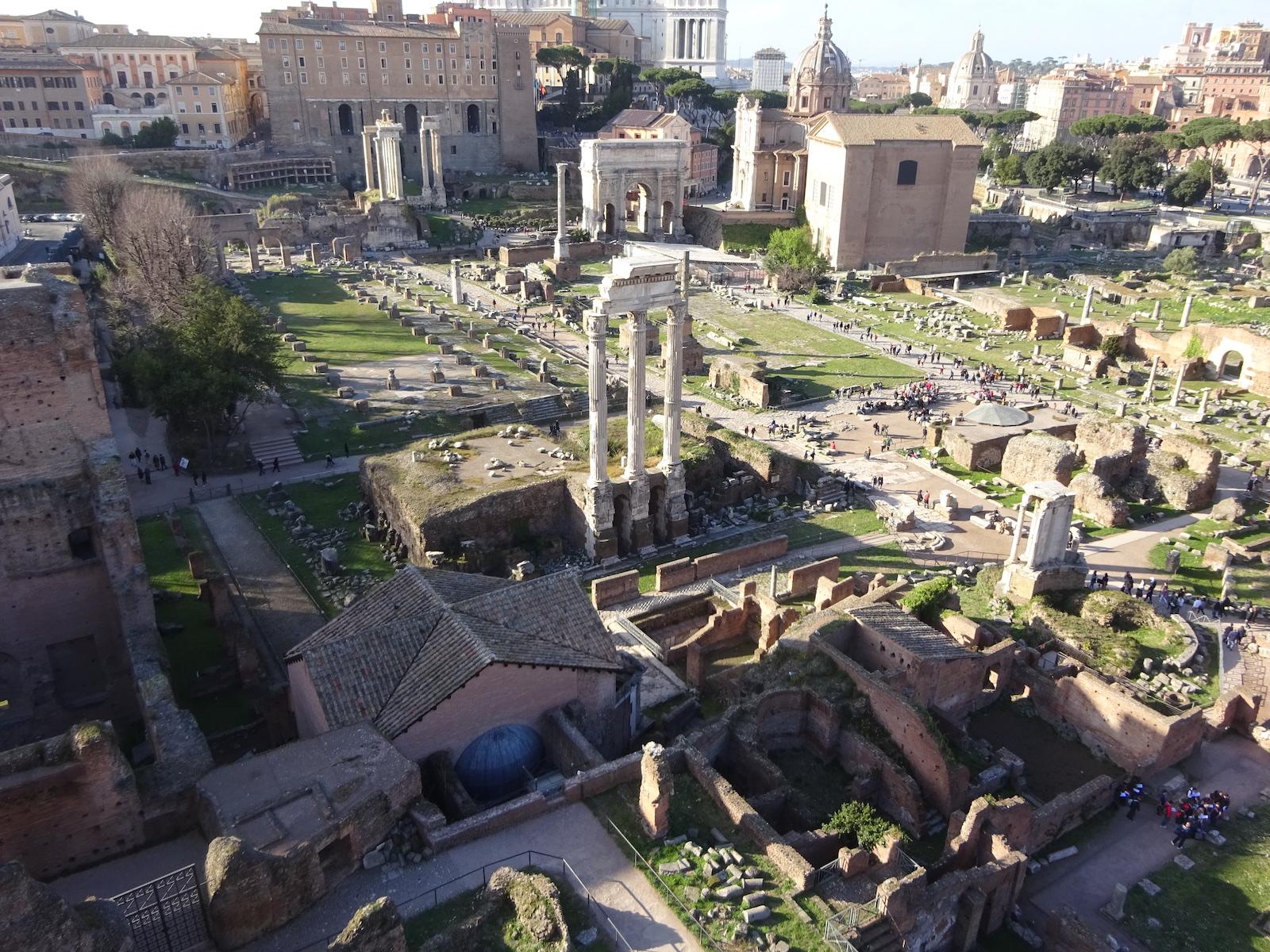The forum as we see it today is largely a product of Boni’s excavations, carried out between 1898 and 1925. Although subsequent work over the last century has continued to uncover more of the ancient levels, the central space was cleared under Boni’s supervision. Key structures that were uncovered at this time include the temple of Vesta and the spacious house of her priestesses, the voting area known as the comitium located in front of the senate house, the speaker’s platform (rostrum), the sacred spring of the nymph Juturna, and the basilica Aemilia, a large, arcaded building used for law courts.
Found near the last of these monuments were a series of sculpted marble panels from the first century AD. These depict stories from Rome’s legendary history and are on display in the exhibition.
Boni’s excavations not only transformed the understanding of the forum itself, but of Roman history more broadly—particularly its early past. The discovery of a cemetery with burials dating back to the tenth century BC was evidence for the site having been inhabited several centuries before the, until then, supposed foundation of Rome in the eight century BC.






























![DEl Kathryn Barton [Australian b. 1972] the more than human love , 2025 Acrylic on French linen 78 3/4 x 137 3/4 inches 200 x 350 cm Framed dimensions: 79 7/8 x 139 inches 203 x 353 cm](/sites/default/files/styles/image_5_column/public/ab15211bartonthe-more-human-lovelg.jpg?itok=wW_Qrve3)